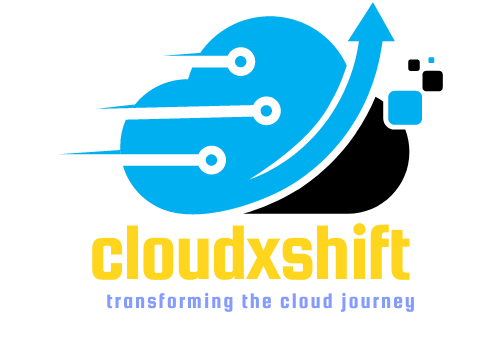
Cloud Migration:Essential Security Considerations
Introduction
Cloud migration is the process of moving data, applications, and services from on-premises infrastructure to a cloud-based environment. The cloud offers businesses scalability, flexibility and cost savings. However during cloud migration, security should be a top priority to protect sensitive information and avoid data breaches. In this article, we will discuss the essential security considerations during cloud migration.
-
Understand Your Security Responsibilities:
One of the critical aspects of cloud security is understanding the shared security model between the cloud provider and the customer. Cloud providers are responsible for the security of the cloud infrastructure, while customers are responsible for securing their data and applications. It is essential to understand the differences in security responsibilities to ensure the proper security controls are implemented.
-
Conduct a Risk Assessment:
Before migrating to the cloud, conducting a risk assessment is crucial to identify potential security threats and vulnerabilities. A risk assessment helps businesses evaluate the likelihood and impact of a security breach, assess the effectiveness of current security controls, and identify areas that need improvement.
-
Implement Security Controls:
Implementing security controls is essential to protect data and applications in the cloud. Security controls include identity and access management, data encryption, intrusion detection and prevention systems, and firewalls. Best practices for implementing security controls include implementing multi-factor authentication, using role-based access control, and performing regular security audits.
-
Encryption:
Data encryption is a crucial security control during cloud migration. It helps protect data from unauthorized access, theft, or loss. Cloud providers offer different encryption options, including encryption at rest and in transit. It is essential to choose the appropriate encryption method based on the sensitivity of the data and compliance requirements.
-
Identity and Access Management:
Identity and access management (IAM) is the process of managing user identities and controlling access to cloud resources. IAM is crucial during cloud migration as it helps prevent unauthorized access and data breaches. Best practices for IAM include enforcing strong password policies, implementing role-based access control, and implementing multi-factor authentication.
-
Compliance:
Compliance requirements in the cloud vary depending on the industry, country, and type of data being stored. Compliance regulations include HIPAA, PCI DSS, GDPR, and others. It is essential to understand the compliance requirements before migrating to the cloud and implement the necessary security controls to meet those requirements.
-
Monitoring and Incident Response:
Monitoring and incident response are essential security controls during cloud migration. Monitoring helps detect potential security threats, while incident response helps mitigate the impact of a security breach. Best practices for monitoring and incident response include using security information and event management (SIEM) systems, implementing log management, and performing regular security audits.
Conclusion
Cloud migration can offer businesses scalability, flexibility, and cost savings, but it also presents security risks that need to be addressed. Understanding security responsibilities, conducting a risk assessment, and implementing security controls such as data encryption, IAM, compliance, monitoring, and incident response are crucial for securing data and applications in the cloud.
Ongoing security management is essential to maintain the integrity and confidentiality of data, especially in the constantly evolving threat landscape. Failure to consider security during cloud migration can result in data breaches, loss of sensitive information, and legal consequences. By following best practices and implementing proper security measures, businesses can take advantage of the benefits of cloud migration while keeping their data and applications secure.
Further Readings
The ultimate guide to cloud migration: benefits, challenges
Kubernetes:Revolutionizing App Development and Delivery
AWS RDS:A Comprehensive Guide to Database Management





